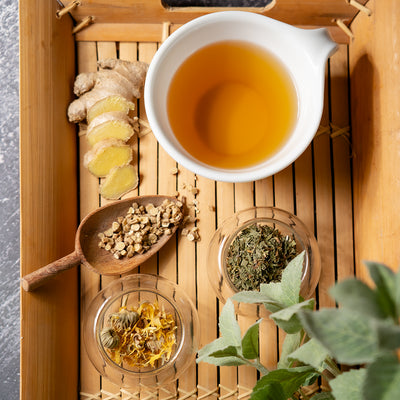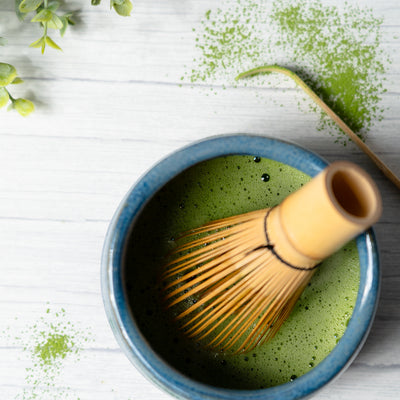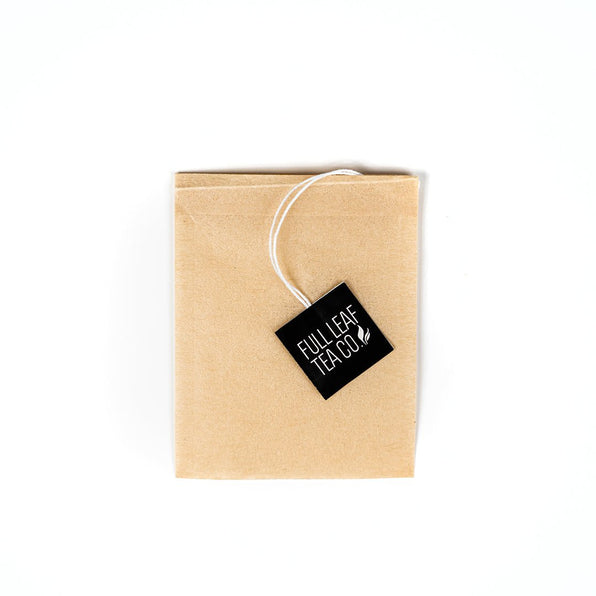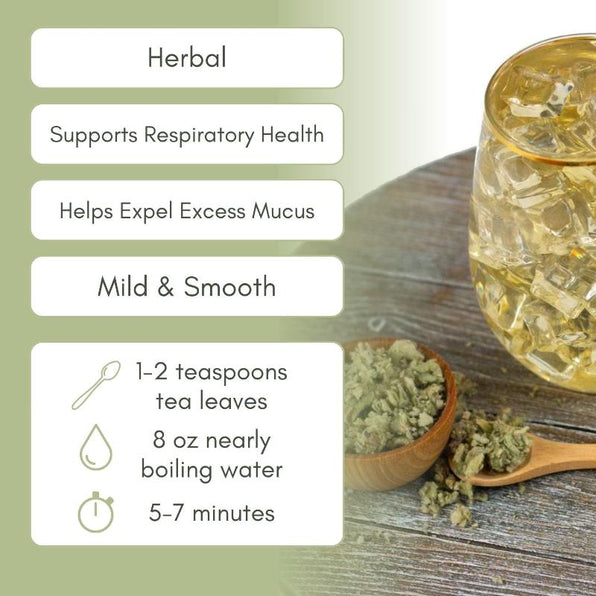Scientifically known as Urtica dioica, nettle belongs to the Urticaceae family, a group of flowering plants characterized by their stinging hairs. Native to Europe, Asia, northern Africa, and western North America, this perennial herbaceous plant can grow up to 2-4 meters tall, with distinctive serrated leaves covered in tiny, hollow stinging hairs. Urtica dioica thrives in nutrient-rich soils, often found in woodland clearings, along streams, and in areas with disturbed ground, demonstrating remarkable adaptability across various temperate and subtropical regions.
The genus Urtica contains several species, but Urtica dioica is the most widely used in herbal medicine and culinary applications. The species name 'dioica' refers to the plant's dioecious nature, meaning individual plants are either male or female. In traditional herbal tea practices, nettle leaves are carefully harvested and dried to remove their stinging properties, transforming them into a mineral-rich, nutritive infusion. From European folk medicine to contemporary herbal wellness, nettle tea has been valued for its potential to support overall health, offering a unique blend of nutritional benefits and gentle, earthy flavor that reflects the plant's resilient and nurturing characteristics.


















